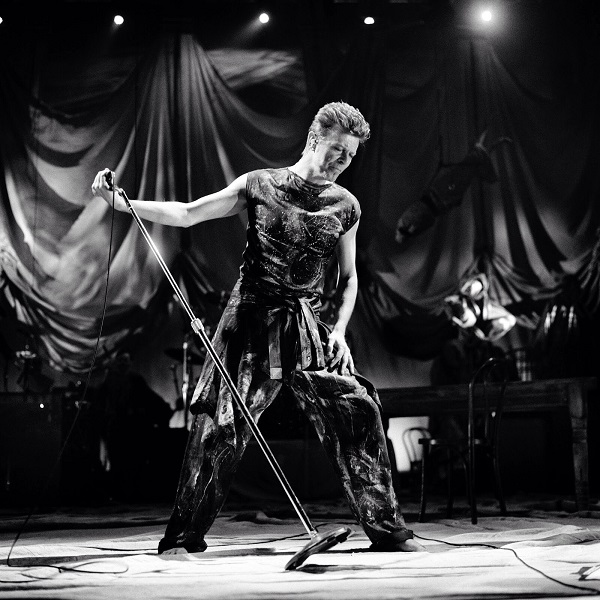
“The music is outside, it’s happening now”.
Today, 73-years-ago, David Bowie was born. From his catalogue of albums, choosing one to celebrate his influence, and creativity is near impossible. However, one from the last quarter of his life stands out, a work that equals his earlier output in every which way, – 1. Outside.
Simple choice really, it’s as important as any other of his releases. An album released at the height of the 90s Britpop era. Where bands such as Blur, Suede, Oasis, The Manic Street Preachers, Pulp, and countless others dominated. Ironically, all who had taken influence from Bowie’s music. Now as their time had come David Bowie unleashed one of his most remarkable works since his seventies chameleon heyday.
The eighties had been both kind and cruel, with the MTV success of his album Let’s Dance which single-handedly had driven his career once more into the stratosphere. The albums that followed dragged it down again. A disappointing outcome for the man who had literally owned the seventies. It was not until the release of 1993’s Black Tie,White Noise where Bowie found form again. Rejuvenated possibly through his Sound And Vision Tour along with the re-release and remaster of his earlier albums onto the compact disc format. But he had through this, and the bombastic Tin Machine find a new audience. And the timing was perfect, as Bowie found himself hungry to make a new musical statement.
The album itself clocks in at nearly seventy-five minutes, making it Bowie’s longest work. With forethought to the problems this may cause, the art over weighted the intent, and it was released as a whole. After all, this was the decade where Bowie could enjoy creating music as he was enjoying life and his marriage to the model Iman. However, here more so than on any other album is his talent documented, as David Bowie went to the studio without a song written, and instead decided to write during the warm up sessions beside the band. This is the true display David Bowie’s actual genius, his ability to construct an album of worth from nothing.
The range of characters Alder comes across drop in and out of the albums narrative. This, in-turn mirrored, as Bowie intended, the anxieties felt in society in the lead up to the new millennium. An interesting album, with an electrifying, deep concept. Brian Eno gave it that sci-fi, ambient feel to the extent where on listening to it, the album is ageless and could have been released today some twenty-four years later.
As always, a revaluation of this dark, punk, dystopian tale, was given a full overview as times passed. The result being that 1. Outside is David Bowie’s true masterpiece, some holding it in higher esteem above Station To Station, Diamond Dogs and even his final hurrah Blackstar. A bold statement, and one which will always split the fans, but there is no denying its longevity. How it has stood the test of time, sounding so fresh and accessible. As exciting as any other album he produced before or after. Maybe it was the relaxed atmosphere Bowie had found himself in -married, settled and happy. With absolutely no pressure from record companies to produce a hit. These reasons may have opened his senses up to create an album of this quality, an album that deserves to be revisited, and played at maximum volume.